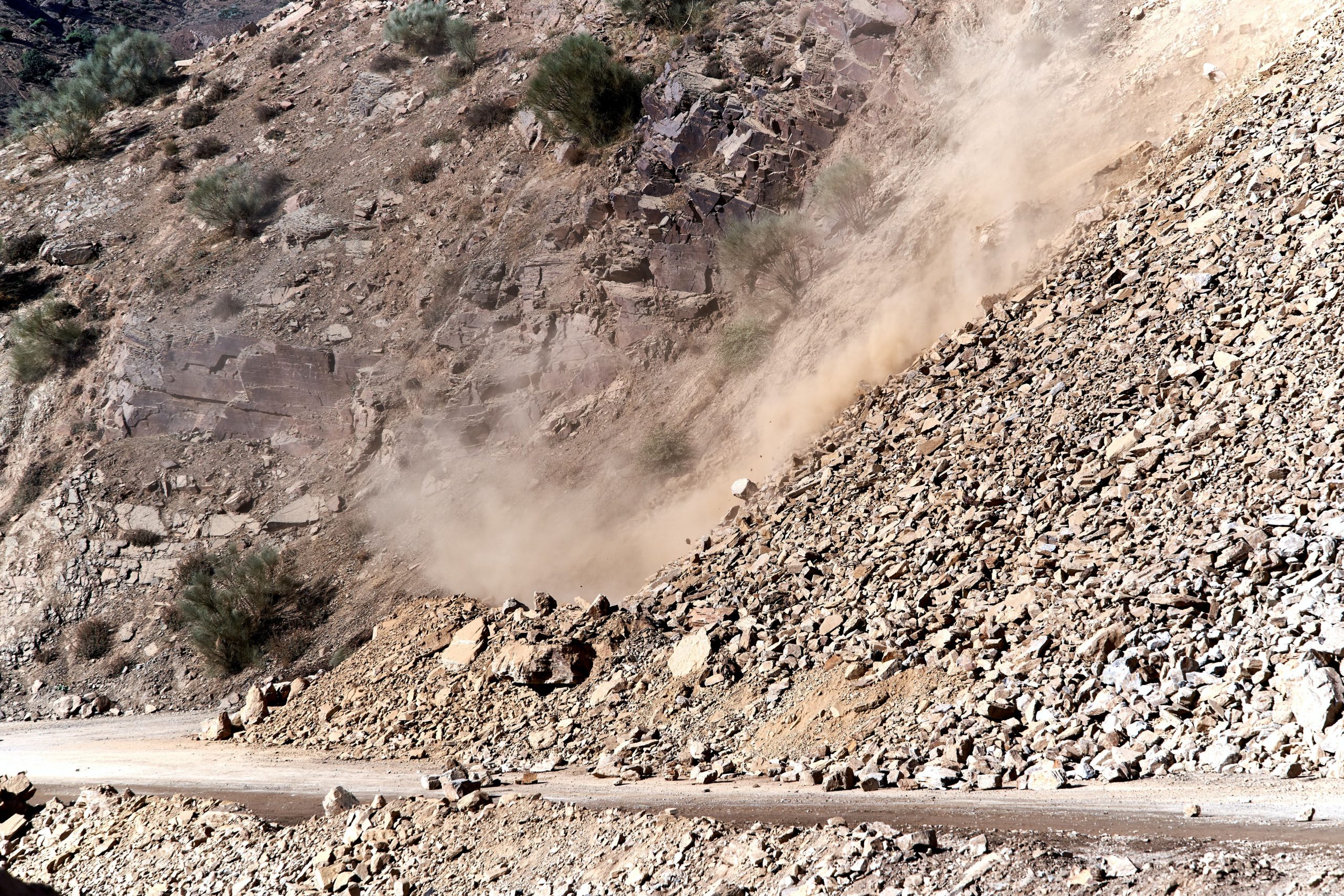Landslides have lately become a common occurrence in India. As per studies “over 12% landmass of India is susceptible to landslides”, with reportedly 300 people dying every year. Nilgiri district of Western Ghats is known to be one of the most severely prone areas to landslides. So much so that landslides in Nilgiri occur seasonally, with most cases being observed in October and November. As environmentalists and activists are fighting to protect and preserve the wilderness, developmental projects in several areas have become the sole reason behind landslide occurrence.
2009 marked the district’s second most disastrous landslides after 1978. Torrential rains triggered the slides in Ooty, Coonoor and Kotagiri. Reportedly, 42 people died within 48 hours. The landslides uprooted trees and damaged communities as the road to Ooty was severely damaged. According to a study, as close to 1,040 landslides have happened between 1987 and 2007 in the Nilgiris, out of which 65% occurred in railway slip areas.
Also Read | War room, relief ops: Latest on Maharashtra floods
Effect on tea plantations
Tea plantations have been continuously suffering loss over the years, becoming the most hard-hit site by landslides.
MS Selvaraj, Convener of Vivasayigal Thozhilalargal Munnetra Sangham (VTMS), told Indian Express in an interview, “When climate change occurs, it hits us first. In the last two years, unpredictable rain and weather conditions have led to so many landslides in tea estates which largely went unreported. Last year, a cloudburst caused a massive landslide in Kolappalli. The debris was cleared after three months.”
In a recent development, Nilgiri witnessed landslides after 10 days of incessant rains. Avilanji, Upper Bhavani, and Ooty have been observing heavy rainfall with Avilanji recording 16 centimetres of rainfall and Naduvattam recording 14 centimetres on Friday according to a report by Tamil daily Dinakaran. Furthermore, 50 acres of crops have been destroyed by floods in Kappathorai, Muthorai Palada, and Nanjanad.







